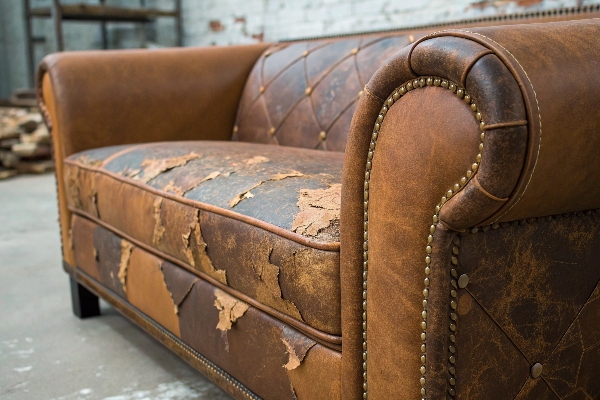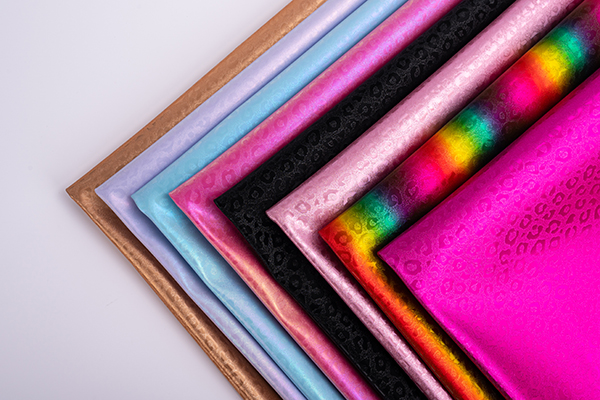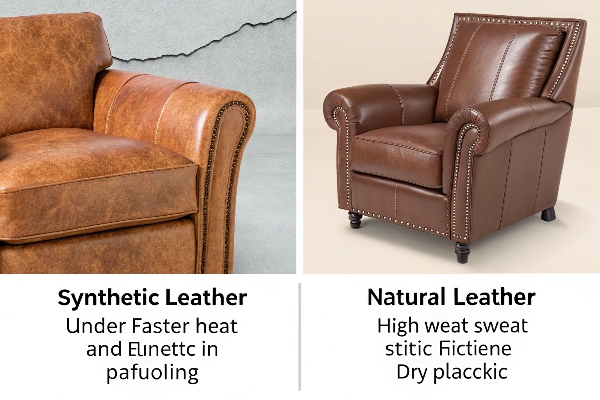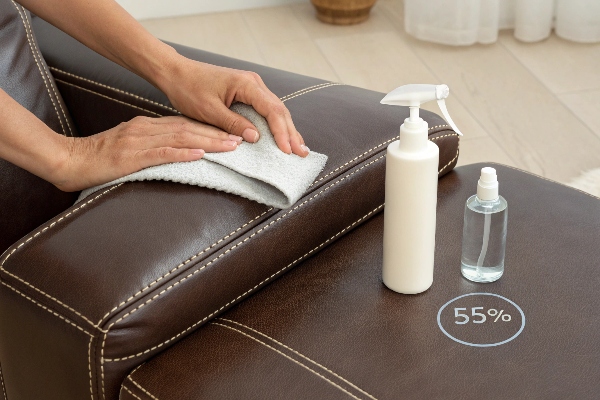I once watched a favourite faux leather sofa crack within months. The shock still hurts. You may feel the same fear. Luckily, I found clear steps.
To stop PU leather from peeling, keep it away from heat, clean it with mild soap, condition it with water-based PU conditioner, and apply a thin acrylic sealant. Proper storage and gentle use slow down wear.

Peeling looks small at first, yet it grows like a tear in fabric. I will break down each fix I now use so your own pieces last longer.
How to fix peeling PU leather?
You just spotted a flake on your chair. Panic may hit. Leave it, and the crack spreads fast. I felt that rush, so I fixed it at once.
Clean loose bits, sand the edges, fill gaps with flexible leather filler, dry it, apply matching PU colorant in layers, then seal with clear acrylic. This four-step repair restores look and stops more peeling.

Step-by-step repair guide
| Stage | Tool | Action | Time |
|---|---|---|---|
| 1. Clean | Soft cloth & mild soap | Wipe dirt and loose flakes | 2 min |
| 2. Smooth | 600-grit sandpaper | Feather rough edge | 3 min |
| 3. Fill | Water-based PU filler | Press thin coat, let set | 10 min dry |
| 4. Color | Sponge & colorant | Dab two thin layers | 20 min |
| 5. Seal | Acrylic finisher | Brush one coat | 5 min |
Why these steps work
I choose water-based filler because it bends with the fabric. Solvent fillers crack again. Colorant blends the patch so eyes miss it. A clear finisher locks moisture out and keeps the patch from lifting. I learned to wait between coats; rushing traps water and blisters form. One evening of steady work saved a three-year-old office chair that now shows no new flakes after six months.
Does PU leather peel easily?
You read reviews that call PU “flaky” and feel doubt. I did too. The truth sits in the way you treat it, not only in the sheet itself.
PU leather peels faster than natural hide under heat, sweat, or sharp friction because its plastic surface can harden, dry, then crack. Yet with cool storage and soft care, it can last years without flaking.

Factors that drive peeling
1. Heat
Hot rooms above 30 °C dry the polymer layer. I once left a PU sample on a car dashboard; it cracked in a week.
2. UV light
Sunlight breaks the urethane bond. Curtains block most rays.
3. Body oils and sweat
Salts weaken the coating. I place a breathable cotton throw on my gaming chair during long summer sessions.
| Risk Source | Effect on PU | Simple Fix |
|---|---|---|
| Space heaters | Hardens film | Keep 1 m distance |
| Direct sun | Discolors, cracks | Use shades |
| Pet claws | Scratch, lift film | Add furniture cover |
I learned that factory grade also matters. Low-cost rolls skip key additives like anti-hydrolysis agents. When sourcing for clients, I always ask for the hydrolysis test rating; 5+ years gives peace of mind.
How do you preserve PU leather?
You care for wood with polish, yet the same shelf hosts a dusty PU bag. I made that mistake and paid for it. Let me share a routine that works.
Preserve PU leather by wiping it weekly, conditioning it monthly with water-based PU crème, keeping humidity around 55 %, and storing items stuffed so folds do not crease.

My monthly care checklist
Weekly wipe
I mix one drop of baby shampoo in warm water, wipe, then dry with microfiber. No harsh soap.
Monthly condition
I spread a pea-size amount of PU conditioner with a soft sponge. It keeps the film flexible.
Seasonal storage
Bags rest in dust bags, stuffed with acid-free paper. Shoes sit on cedar forms that pull dampness.
| Task | Tool | Why it helps |
|---|---|---|
| Dusting | Microfiber cloth | Removes grit that scratches |
| Conditioning | Water-based crème | Replaces lost plasticizer |
| Humidity control | Silica packs | Limits mold and hydrolysis |
| Shaping | Paper fillers | Stops permanent creases |
I also set furniture sliders under sofa legs. The slight lift lets air flow and lowers floor dampness. Since adopting this checklist, my showroom samples stay bright through trade fairs.
How do you seal faux leather?
After repair or cleaning, you need a final shield. I once skipped this seal on a demo seat and saw new flakes in days. Never again.
Seal faux leather by applying a thin, even coat of clear water-based acrylic finisher with a foam brush, letting it dry 30 minutes, then buffing lightly with a soft cloth.

Choosing and applying a sealer
Pick the right product
Look for “PU safe” on the label. Solvent sealers eat plastic.
Prep the surface
The leather must be clean and dry. Moisture under a seal traps bubbles.
Apply thin coats
One coat often lasts, yet I use two on high-traffic seats. Each coat must dry fully.
| Sealer Type | Finish | Best Use |
|---|---|---|
| Gloss acrylic | Shiny | Fashion bags |
| Satin acrylic | Mid sheen | Sofa, car seats |
| Matte acrylic | Low glare | Office chairs |
Dry and buff
I wait thirty minutes, then rub a cotton cloth in small circles. Buffing evens sheen and removes tack. The touch should feel smooth, not sticky. A good seal blocks water, oils, and minor scratches. My clients in humid ports report longer shelf life after we added this step to our export kits.
Conclusion
Keep PU leather cool, clean, conditioned, and sealed. Use careful repairs when flakes appear. Follow these simple habits, and your faux leather will stay fresh for years.
